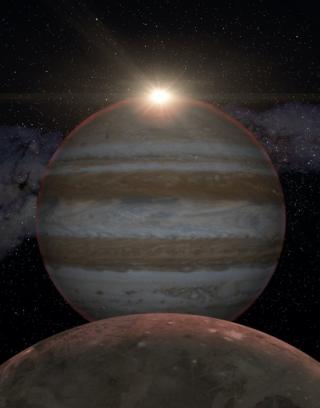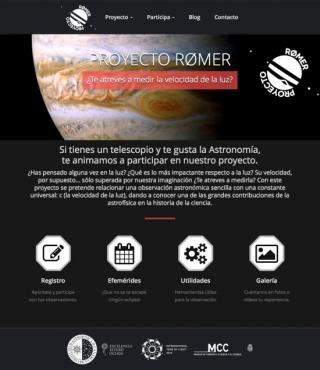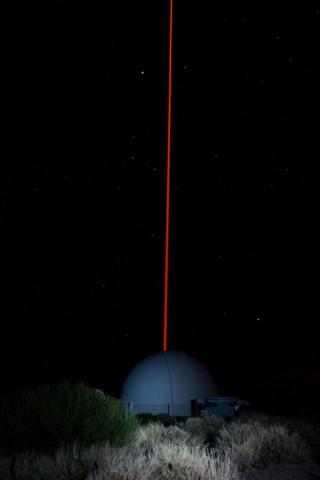
On Wednesday February 25th researchers from the IAC will present their lines of work in the Leal Theatre (Teatro Leal) in a performance with entry gratis, and open to the general public
Advertised on
This section includes scientific and technological news from the IAC and its Observatories, as well as press releases on scientific and technological results, astronomical events, educational projects, outreach activities and institutional events.




